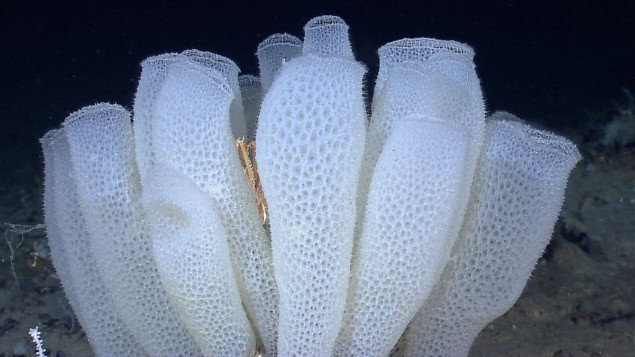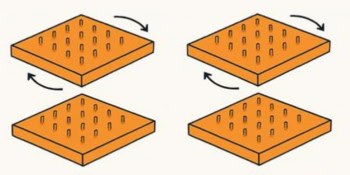
Oil spills can pollute large volumes of surrounding water – thousands of times greater than the spill itself – causing long-term economic, environmental, social and ecological damage. Effective methods for in situ capture of spilled oil are thus essential to minimize contamination from such disasters.
Many oil spill cleanup technologies, however, exhibit poor hydrodynamic stability under complex flow conditions, which leads to poor oil-capture efficiency. To address this shortfall, researchers from Harbin Institute of Technology in China have come up with a new approach to oil cleanup using a vortex-anchored filter (VAF).
“Since the 1979 Atlantic Empress disaster, interception and adsorption have been the primary methods for oil spill recovery, but these are sensitive to water-flow fluctuation,” explains lead author Shijie You. Oil-in-water emulsions from leaking pipelines and offshore industrial discharge are particularly challenging, says You, adding that “these problems inspire us to consider how we can address hydrodynamic stability of oil-capture devices under turbulent conditions”.
Inspired by the natural world
You and colleagues believe that the answers to oil spill challenges could come from nature – arguably the world’s greatest scientist. They found that the deep-sea glass sponge E. aspergillum, which lives at depths of up to 1000 m in the Pacific Ocean, has an excellent ability to filter feed with a high effectiveness, selectivity and robustness, and that its food particles share similarities with oil droplets.
The anatomical structure of E. aspergillum – also known as Venus’ flower basket – provided inspiration for the researchers to design their VAF. By mimicking the skeletal architecture and filter feeding patterns of the sponge, they created a filter that exhibited a high mass transfer and hydrodynamic stability in cleaning up oil spills under turbulent flow.
“The E. aspergillum has a multilayered skeleton–flagellum architecture, which creates 3D streamlines with frequent collision, deflection, convergence and separation,” explains You. “This can dissipate macro-scale turbulent flows into small-scale swirling flow patterns called low-speed vortical flows within the body cavity, which reduces hydrodynamic load and enhances interfacial mass transfer.”
For the sponges, this allows them to maintain a high mechanical stability while absorbing nutrients from the water. The same principles can be applied to synthetic materials for cleaning up oil spills.

The VAF is a synthetic form of the sponge’s architecture and, according to You, “is capable of transferring kinematic energy from an external water flow into multiple small-scale low-speed vortical flows within the body cavity to enhance hydrodynamic stability and oil capture efficiency”.
The tubular outer skeleton of the VAF comprises a helical ridge and chequerboard lattice. It is this skeleton that creates a slow vortex field inside the cavity and enables mass transfer of oil during the filtering process. Once the oil has been forced into the filter, the internal area – composed of flagellum-shaped adsorbent materials – provides a large interfacial area for oil adsorption.
Using the VAF to clean up oil spills
The researchers used their nature-inspired VAF to clean up oil spills under complex hydrodynamic conditions. You states that “the VAF can retain the external turbulent-flow kinetic energy in the low-speed vortical flows – with a small Kolmogorov microscale (85 µm) [the size of the smallest eddy in a turbulent flow] – inside the cavity of the skeleton, leading to enhanced interfacial mass transfer and residence time”.
“This led to an improvement in the hydrodynamic stability of the filter compared to other approaches by reducing the Reynolds stresses in nearly quiescent wake flows,” You explains. The filter was also highly resistant to bending stresses caused at the boundary of the filter when trying separate viscous fluids. When put into practice, the VAF was able to capture more than 97% of floating, underwater and emulsified oils, even under strong turbulent flow.

Sucking up crude oil with laser-treated cork
When asked how the researchers plan to improve the filter further, You tells Physics World that they “will integrate the VAF with photothermal, electrothermal and electrochemical modules for environmental remediation and resource recovery”.
“We look forward to applying VAF-based technologies to solve sea pollution problems with a filter that has an outstanding flexibility and adaptability, easy-to-handle operability and scalability, environmental compatibility and life-cycle sustainability,” says You.
The research is published in Nature Communications.



